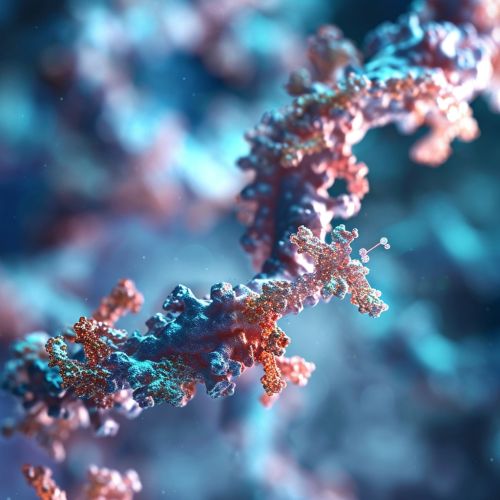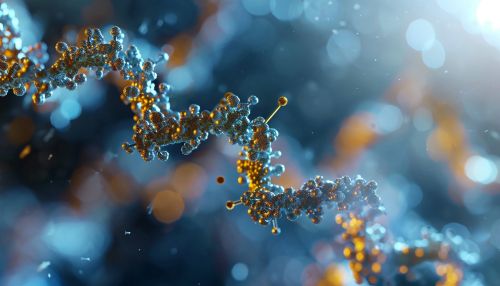Allosteric Regulation
Overview
Allosteric regulation is a process that occurs in many proteins and enzymes, affecting their functional activity. It is a form of regulation that alters the activity of a protein through the binding of an effector molecule at a site other than the protein's active site. This binding changes the conformation of the protein, which can either inhibit or enhance its activity. Allosteric regulation plays a crucial role in maintaining homeostasis within the cell and is a key aspect of cellular metabolism and signal transduction pathways.


Mechanism of Allosteric Regulation
Allosteric regulation involves the binding of an allosteric effector to a protein at a site distinct from the active site. This site is known as the allosteric site. The binding of the effector induces a conformational change in the protein, altering its activity. This can either enhance or inhibit the protein's function, depending on the nature of the effector and the protein.
Allosteric Sites
The allosteric site is a specific region of the protein where the allosteric effector binds. It is distinct from the active site, where the protein's normal substrate binds. The allosteric site can be located on a different subunit of the protein or on a separate domain of the same subunit. The exact location and nature of the allosteric site can vary greatly between different proteins.
Allosteric Effectors
Allosteric effectors are molecules that bind to the allosteric site and modulate the protein's activity. They can be small organic molecules, ions, or even other proteins. Allosteric effectors can be classified as either positive or negative, depending on whether they enhance or inhibit the protein's activity.
Types of Allosteric Regulation
Allosteric regulation can be categorized into two main types: homotropic and heterotropic regulation.
Homotropic Regulation
In homotropic regulation, the allosteric effector is the same as the protein's normal substrate. The binding of the substrate to one active site can influence the activity at other active sites within the same protein. This type of regulation is common in proteins with multiple subunits and active sites, such as hemoglobin.
Heterotropic Regulation
In heterotropic regulation, the allosteric effector is a molecule other than the protein's normal substrate. The binding of the effector to the allosteric site modulates the protein's activity independently of the substrate. This type of regulation is common in metabolic pathways, where the end product of a pathway can act as a negative allosteric regulator of enzymes earlier in the pathway.
Role in Cellular Processes
Allosteric regulation plays a vital role in various cellular processes, including cellular metabolism, signal transduction, and gene expression.
Cellular Metabolism
In cellular metabolism, allosteric regulation is often used to control the activity of enzymes and regulate metabolic pathways. For example, the enzyme phosphofructokinase, a key regulator of glycolysis, is allosterically inhibited by ATP and allosterically activated by AMP.
Signal Transduction
In signal transduction pathways, allosteric regulation is used to modulate the activity of proteins involved in transmitting signals within the cell. For instance, the protein G protein is allosterically activated by the binding of a GTP molecule, allowing it to transmit signals from cell surface receptors to intracellular effectors.
Gene Expression
In gene expression, allosteric regulation can control the activity of transcription factors and other proteins involved in regulating the transcription of genes. For example, the lac operon in E. coli is regulated by the allosteric protein lac repressor, which inhibits transcription in the absence of lactose.
